Bogus, misleading bushfire images do rounds on social media
The proliferation of bogus or misleading images on the bushfire crisis range from silly to sinister.
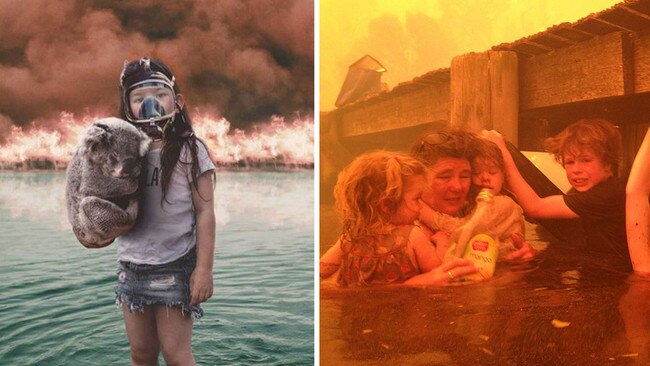
They are images that stir emotions, opening hearts and sometimes purse strings: a girl in a lake, surrounded by bushfires, clinging to a koala, or a satellite image showing a continent ablaze. Only problem is, they are not real.
The proliferation of bogus or misleading images and claims about the current bushfire crisis doing the rounds on social media range from the silly to the sinister.
They are creating headaches for responsible news outlets, work for image-verifying services, anger from fire victims and concern from law-enforcement agencies.
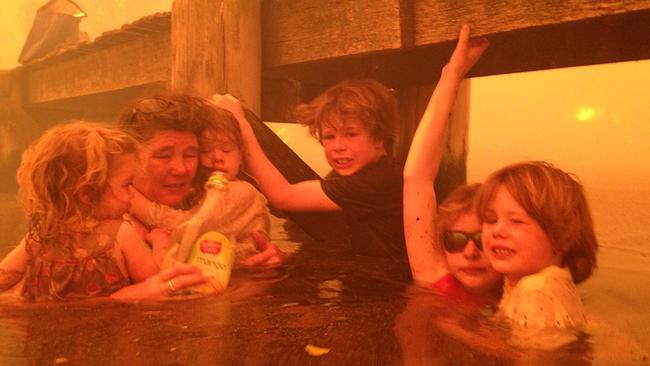
“We are seeing a huge amount of misinformation relating to these fires,” said Stephanie Hunt, Australian editor of Storyful, which sources, verifies and analyses social media content for local and international news outlets.
As well as the bogus, Hunt said, some of the images social media users — including some celebrities — are circulating as evidence of the current horrors are in fact from earlier bushfires.
For example, a video widely posted on social media sites in recent days showing a dramatic collision between fire trucks is from the 2015 Pinery fire in South Australia.
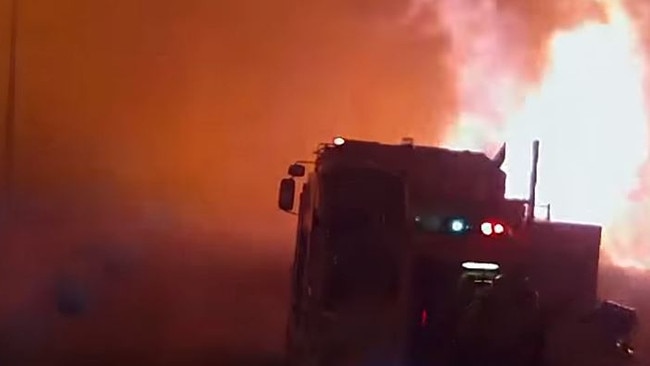
Hunt said the video was shared by personalities including Nine Network sports presenter Erin Molan and former rugby player Wendell Sailor, accumulating tens of thousands of views on each occasion in a relatively short time.
Many, doubtless including Molan and Sailor, were innocently posting or reposting such images, but Hunt urged people to do what they could to check the origins of the material before posting.
“You can do a Google image search but also generally if something looks too good to be true, it often is, so don’t just share something without thinking about where it’s come from,” she said.
There are several examples of maps or even apparent satellite images being posted that vastly exaggerate the scale of the fires.
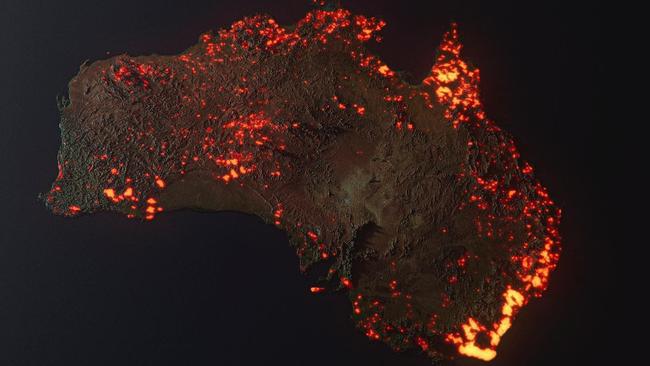
One such image on Facebook has now been marked with a warning from the social media giant’s new fact-check feature, warning that it is “false information”. Another map tweeted by the US ABC network exaggerates the area affected by fire. “A superimposed map of Australia over the US shows the scale of the massive wildfires that have spread across the country,’’ ABC News tweeted.
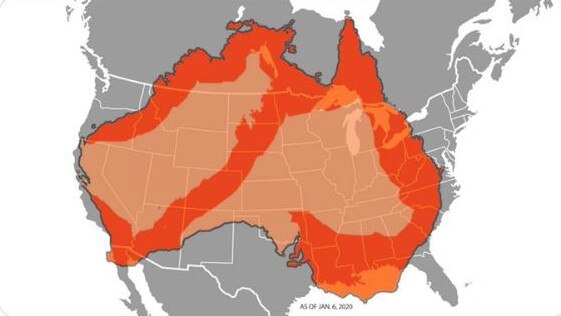
Other material is far more serious, including scams fraudulently seeking to extract money from people for victims.
The Australian Competition & Consumer Commission is receiving dozens of bushfire scam reports daily, and warns of more to come. “Scams are fairly widespread and that will only get worse,” said ACCC chairman Rod Sims. “So far we’ve seen scams where people are contacting individuals to get them to donate.
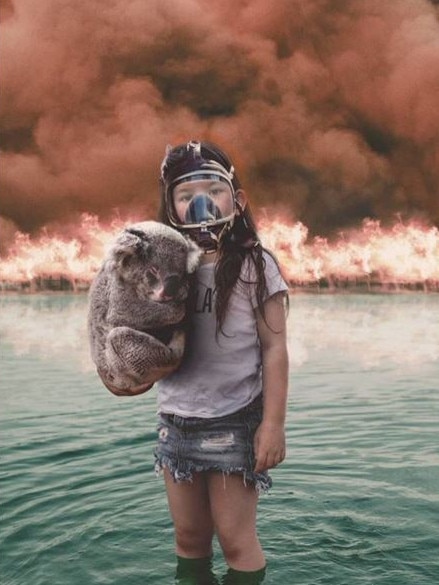
“I’m expecting we’re going to get scams where people present themselves as insurers or emergency relief providers and then through that seek to get people’s bank account details and take money out of their accounts. “We’ve had 20 reports of scams today (Tuesday). We’ve had Twitter crowd-funding scams, phone call scams, people being approached over the web, and one where relatives of a man who died were supposedly setting up a crowd-funding site and that was fake.”
That last scam — in which fraudsters hijacked images, names and a social media account — caught out friends of NSW bushfire victims Robert and Patrick Salway by sending them a Messenger request for donations.
One who fell for the scam was Canberra woman Renee Payne, who had a past link with the family. Her criminologist husband, Jason Payne, said people’s compassion made them vulnerable at such times.
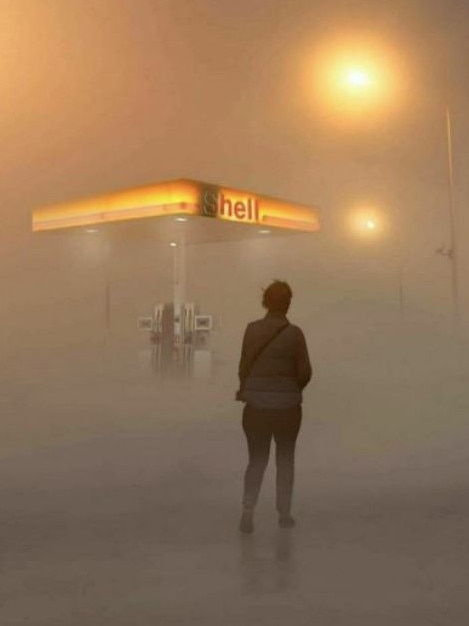
“My wife was one of about 48 people who received the message sent out to those who knew the Salways,” said Dr Payne. “It seems legitimate if it comes through to you with the apparent social endorsement of your friendship group. My wife responded in a compassionate way to what appeared to be a genuine request and immediately made a donation. It was the right thing to do; just the wrong site to do it through.
“I think there is quite a good likelihood that as a community we become less protective of ourselves at these times.”
While scammers’ motivation is clearly financial, false claims and conspiracy theories being pushed on social media — including that the fires were deliberately lit to clear a path for a high-speed rail link, and that the firefighter who gave Scott Morrison a mouthful faces dismissal — may be politically motivated. However, Dr Payne said criminologists were yet to fathom why some would doctor or misrepresent images without a cash motive.
People wanting to donate to bushfire victims can do so safely by checking their chosen charity is registered at the Australian Charities and Not-For-Profits Commission site acnc.gov.au/charity.



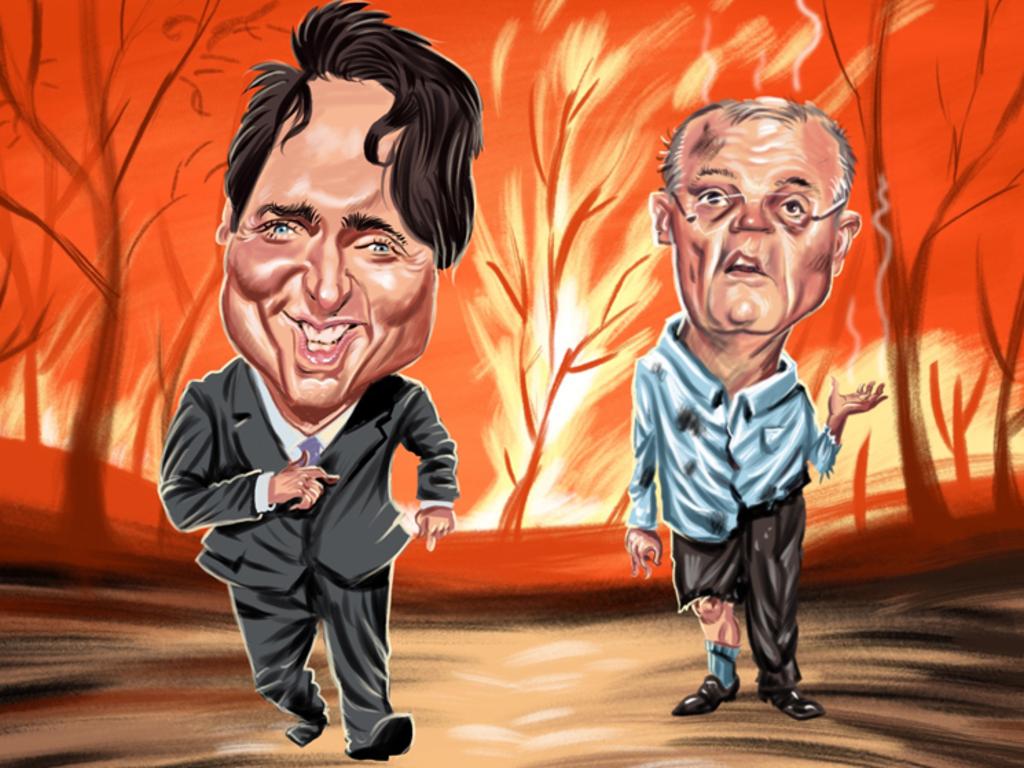
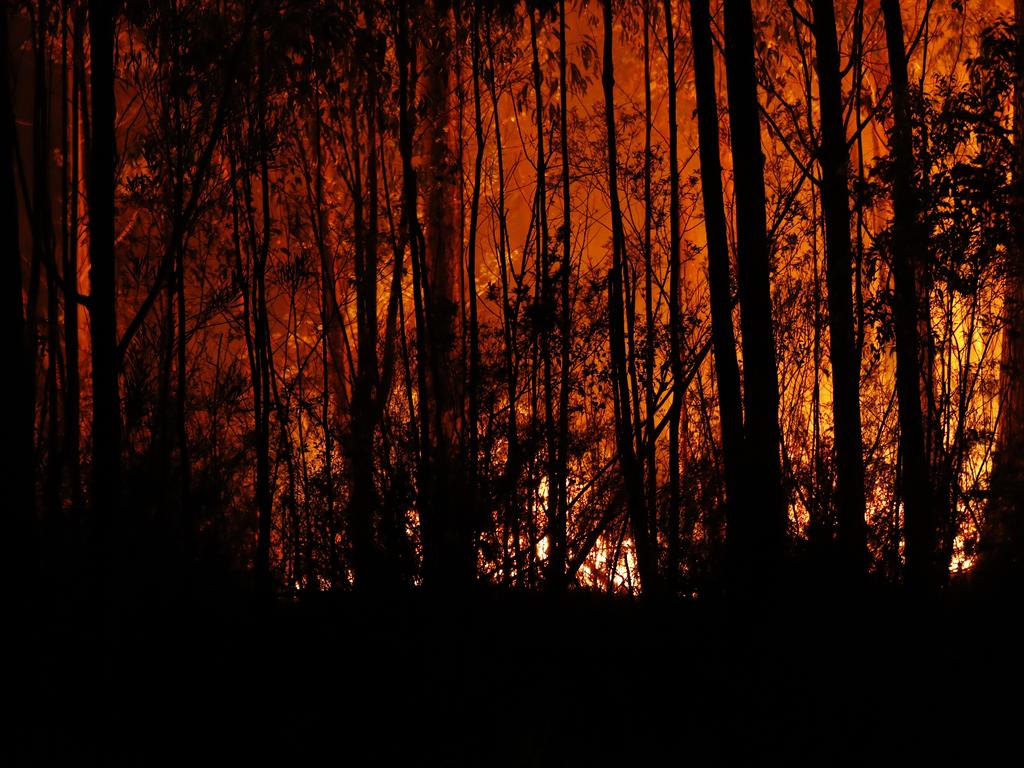
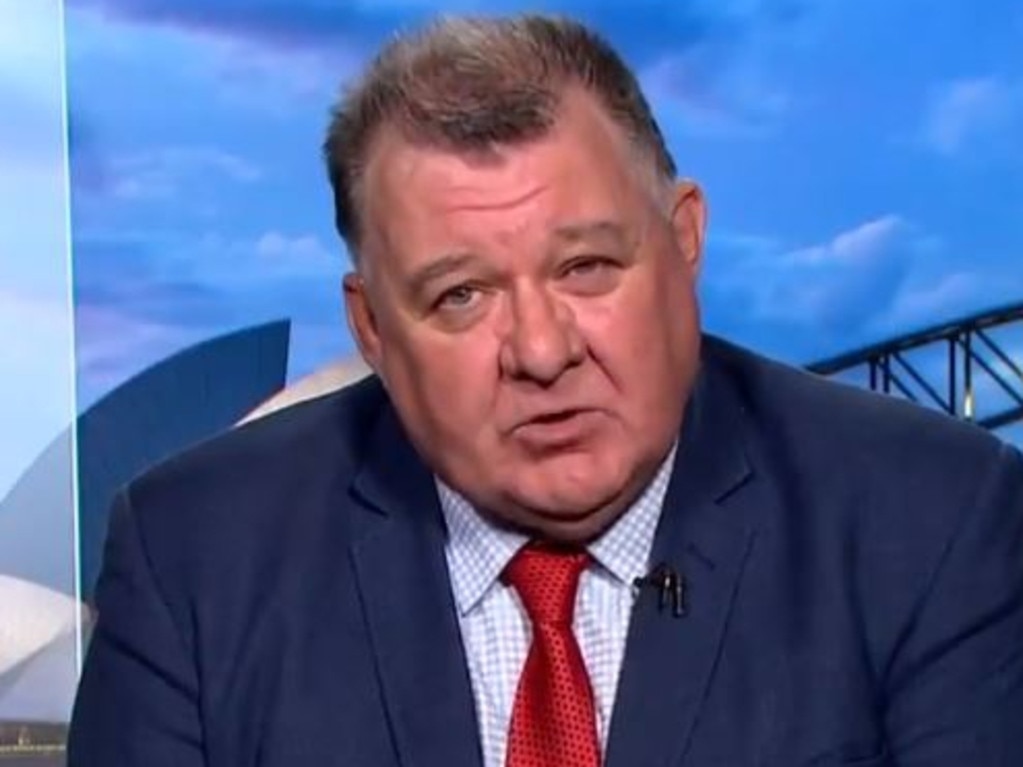


To join the conversation, please log in. Don't have an account? Register
Join the conversation, you are commenting as Logout